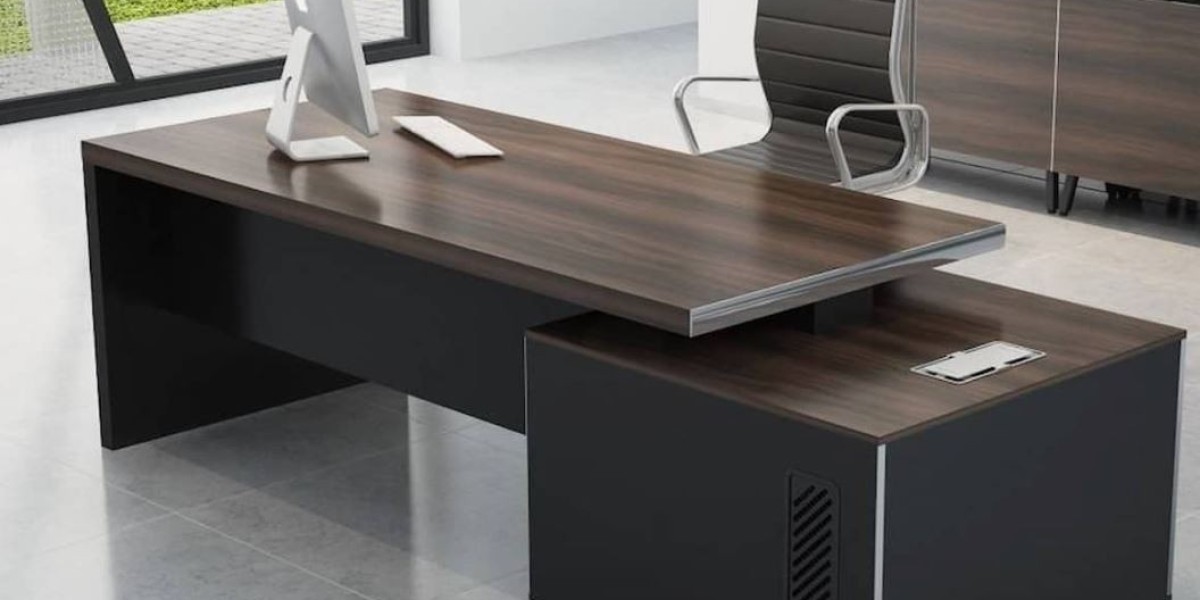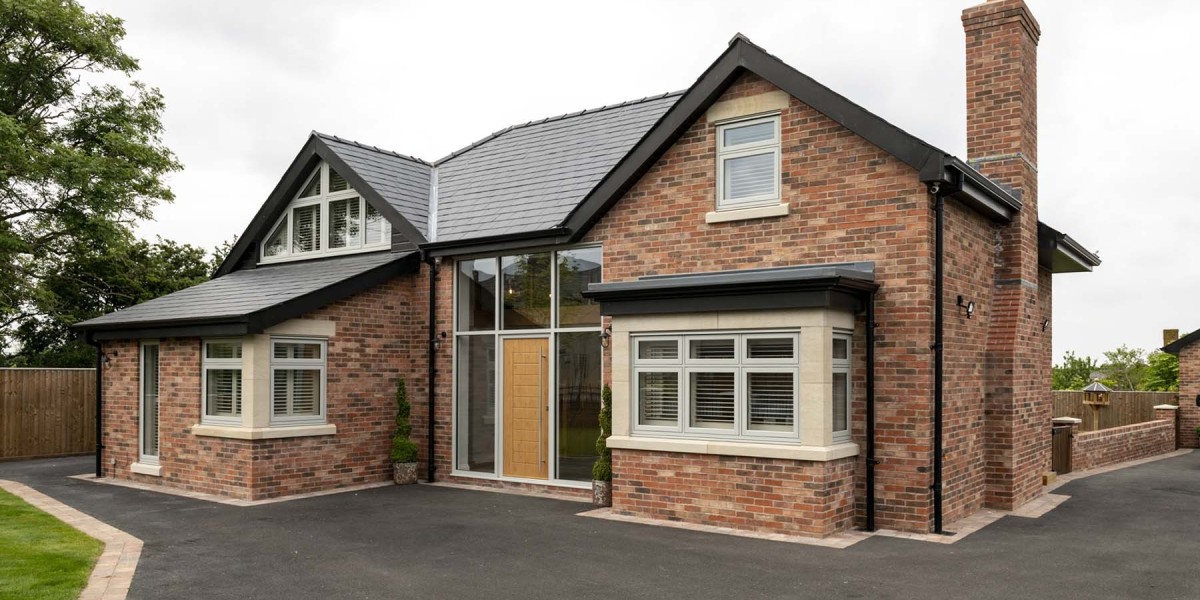In today’s dynamic corporate landscape, office environments are rapidly evolving to become more than just workstations. Modern businesses emphasize productivity, collaboration, comfort, and aesthetic appeal in their workspace layout. Among the various components of office interiors, office table design plays a crucial role in shaping both the functionality and appearance of a workspace. The right Office table design is not merely a surface to work on—it can influence workflow, employee posture, and even workplace morale. Choosing the ideal office table design is about blending ergonomics, technology, and visual harmony. Whether it’s a shared desk setup in a collaborative workspace or a sleek executive office table, the importance of design in enhancing workspace productivity cannot be overstated.
Functional Features of the Ideal Office Table
Functionality is the cornerstone of any good office table. A thoughtfully designed office table caters to the needs of modern professionals. It accommodates technological gadgets, provides ample space for multitasking, and allows for seamless cable management. One of the most sought-after features in modern office table design is adjustability. Sit-stand desks, for instance, promote better posture and reduce the risks of sedentary lifestyle-related ailments. Moreover, integrated charging ports, under-table storage drawers, and ergonomic contours are becoming standard expectations. For creative professionals, wider surface areas are a must to spread out sketches, blueprints, or documents. On the other hand, those in digital or administrative roles benefit from minimalist yet tech-friendly surfaces that allow easy integration of screens, keyboards, and task lighting. In all cases, functionality is best achieved when the design complements the user's work habits and workflow.
Office Table Design Trends in Contemporary Workspaces
As businesses transition from traditional cubicles to more flexible workspaces, office table designs have evolved accordingly. Open floor plans have given rise to modular office tables that can be rearranged easily to support both individual and group work. This flexibility allows employees to customize their workstations, promoting a sense of ownership and comfort. Another emerging trend is the use of sustainable materials. Bamboo, reclaimed wood, and recycled metal are increasingly used in office table construction, reflecting the company’s commitment to environmental responsibility. Minimalist aesthetics remain popular, with clean lines, neutral tones, and matte finishes taking center stage. Glass surfaces combined with metal legs offer a contemporary vibe, while natural wood finishes bring warmth and elegance. Rounded corners, soft edges, and soft-close drawers further enhance the user experience and visual appeal. The rise of hybrid work models has also influenced design—home office tables are now being created to offer the same functionality and appeal as their corporate counterparts.
Choosing the Right Office Table for Different Roles
Selecting the right office table depends significantly on the role and responsibilities of the employee. Executives and managers typically need larger office tables with premium finishes, often incorporating meeting space on the table itself. These tables reflect authority and professionalism while also offering practical features like lockable storage, built-in organizers, and ample writing space. Creative roles may benefit from drafting tables or L-shaped configurations that offer flexibility and room for physical materials. Customer support or data entry roles may prioritize ergonomic support, cable management, and dual-screen setups. Reception areas, meanwhile, demand office table designs that are both welcoming and functional—allowing for storage, tech integration, and visitor interaction. For coworking spaces, collaborative desks that support multiple users at once, along with partitions or privacy panels, are essential. The key lies in understanding the workflow and aligning the office table design to support it fully.
Importance of Ergonomics in Office Table Design
Ergonomics is one of the most vital considerations in office furniture, and office tables are no exception. A poorly designed office table can lead to chronic pain, poor posture, and decreased productivity. The right height, edge contouring, and legroom make a significant difference in user comfort. Adjustable height tables allow employees to switch between sitting and standing, thereby improving blood circulation and reducing fatigue. Tables should also be deep enough to position monitors at the correct distance, reducing eye strain. Keyboard placement and forearm support can be enhanced through under-desk trays or curved edges. Additionally, when paired with ergonomic chairs, the combination of furniture fosters a healthier, more sustainable work lifestyle. Companies are now investing in ergonomic assessments to ensure their chosen office table designs not only look good but also safeguard employee well-being.
Customization and Personalization of Office Tables
Another growing aspect in the office furniture industry is customization. Businesses want office table designs that reflect their brand personality while also meeting specific workspace needs. Custom office tables allow for size modifications, unique color palettes, special materials, and branding elements such as logos or thematic designs. In startups and creative agencies, vibrant colors and quirky shapes may be preferred to foster a playful, innovative atmosphere. Law firms and finance companies may lean towards classic wood designs and darker tones for a more formal feel. Additionally, personalization at an individual level, such as height adjustments, color choices, or modular add-ons, enables employees to work in spaces that reflect their preferences. This attention to individual comfort and aesthetic boosts satisfaction, motivation, and overall performance. With advanced 3D modeling and augmented reality previews, businesses can now experiment with various designs virtually before making a final decision.
Office Table as a Central Piece of Workspace Identity
In many ways, the office table is the centerpiece of an employee's daily environment. It’s where ideas are born, tasks are completed, and productivity is measured. As such, it should not only meet practical requirements but also inspire and energize the user. The layout of the office and its furnishings send subtle messages about a company's culture and values. A workspace filled with elegant, functional, and stylish office tables conveys professionalism, foresight, and investment in employee welfare. From startups to multinational corporations, a well-designed office setup builds an identity that resonates with both employees and clients. The office table, often overlooked, is central to this experience. It’s where first impressions are formed, deals are negotiated, and strategies are drafted. Therefore, it deserves attention, investment, and thoughtful selection.
Conclusion
In summary, the importance of office table design extends far beyond mere aesthetics. It is a critical element that influences productivity, comfort, collaboration, and corporate image. From ergonomic features to sustainable materials, and from executive suites to home offices, the right office table empowers professionals to perform at their best. As workplaces continue to evolve, investing in quality, functional, and visually appealing office tables is a strategic move for long-term success. For those seeking optimal solutions in workspace furniture, the brand Office table offers expert craftsmanship, modern design, and customizable options that cater to the unique demands of today’s business environments.








